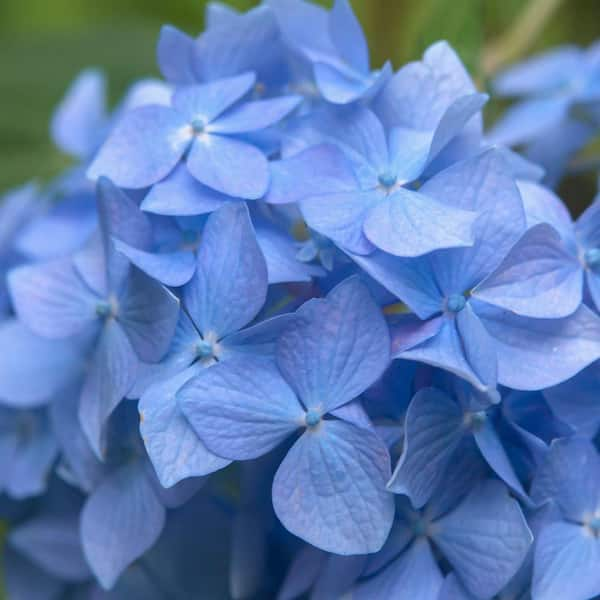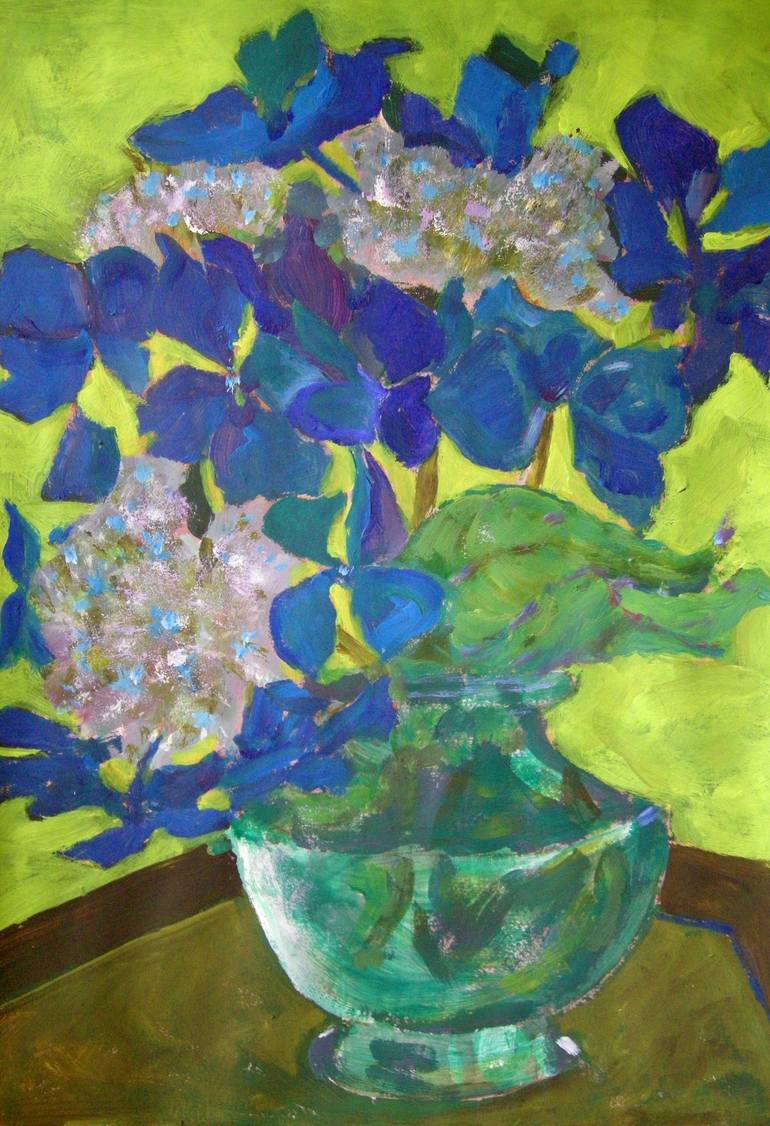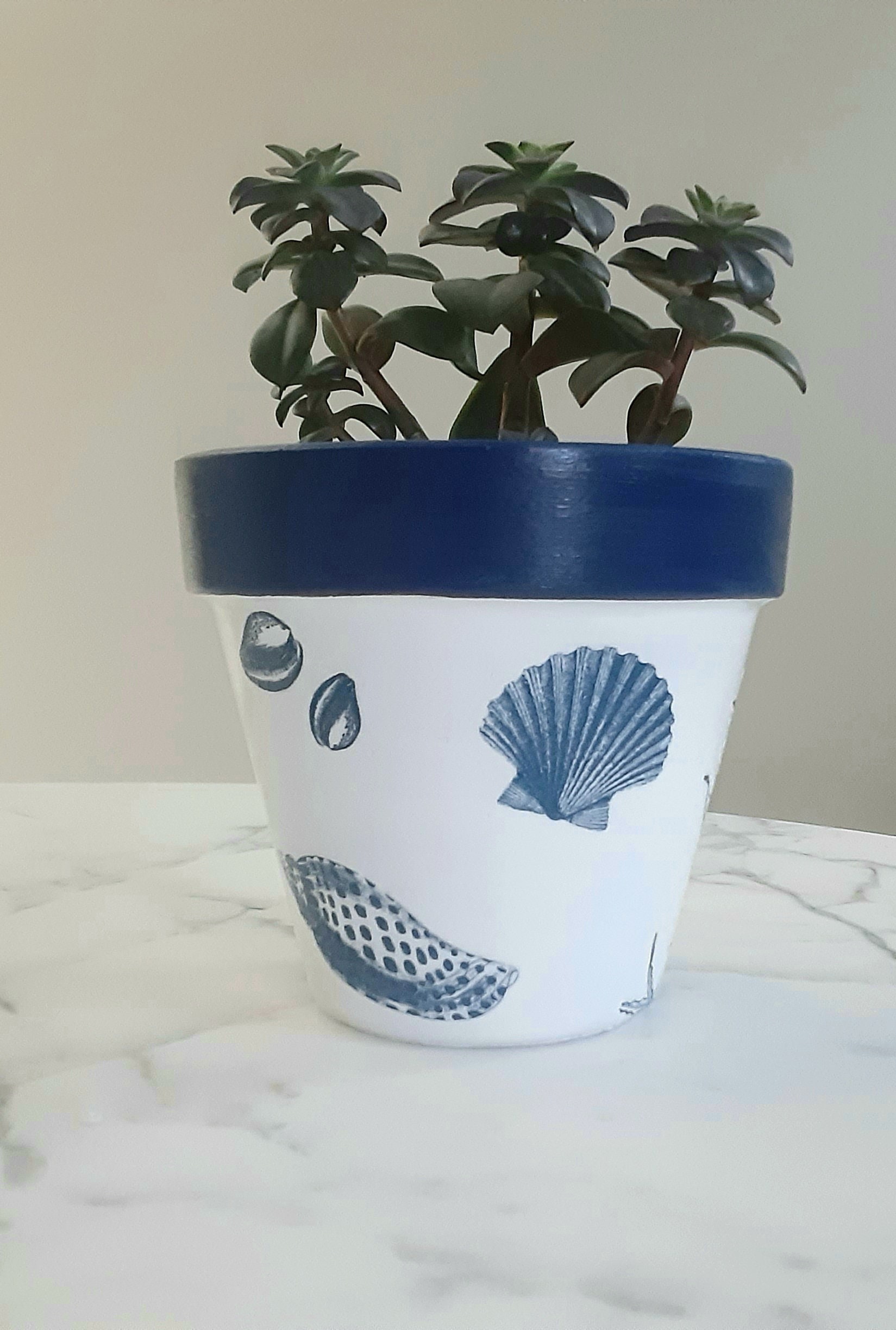The Ultimate Guide To Growing Hydrangea Blue Wave
The Ultimate Guide to Growing Hydrangea Blue Wave
Hydrangea Blue Wave is a beautiful lacecap hydrangea that is known for its large, flattened flower heads that are ringed with a wave of blue florets. The flowers are blue in acidic soil, but can turn pink or mauve in more alkaline soils. Hydrangea Blue Wave is a relatively easy plant to grow, but there are a few things you need to know to keep it healthy and blooming.
In this guide, we will cover everything you need to know about growing Hydrangea Blue Wave, including:
- Choosing the right location
- Preparing the soil
- Planting your hydrangea
- Caring for your hydrangea
- Troubleshooting common problems
So, whether you are a beginner gardener or a seasoned pro, this guide has everything you need to know to grow beautiful Hydrangea Blue Wave plants in your garden.
Choosing the right location
Hydrangea Blue Wave prefers to grow in partial shade. Too much sun can scorch the leaves and flowers, while too much shade can prevent the flowers from blooming. The ideal location for a Hydrangea Blue Wave plant is in a spot that receives morning sun and afternoon shade.
The soil should be well-drained and slightly acidic. If your soil is alkaline, you can add some peat moss or sulfur to lower the pH. Hydrangea Blue Wave plants also need plenty of water, so make sure to water them regularly, especially during hot, dry weather.
Preparing the soil
Before you plant your Hydrangea Blue Wave, it is important to prepare the soil. The soil should be loose and friable, with good drainage. If your soil is heavy clay, you will need to add some compost or sand to improve drainage.
To prepare the soil, dig a hole that is twice as wide and as deep as the root ball of your hydrangea plant. Add some compost or sand to the bottom of the hole, then place the plant in the hole and backfill with the prepared soil. Firmly pack the soil around the roots and water well.
Planting your hydrangea
The best time to plant Hydrangea Blue Wave is in the spring, after the last frost. If you live in a warm climate, you can also plant them in the fall.
When planting your hydrangea, make sure to plant it at the same depth as it was growing in the nursery pot. Water the plant well after planting.
Caring for your hydrangea
Hydrangea Blue Wave plants are relatively easy to care for. They need regular watering, especially during hot, dry weather. You should also fertilize your hydrangea plants once a year in the spring with a balanced fertilizer.
In the fall, you can prune your hydrangea plants to remove any dead, damaged, or diseased branches. You can also prune them to shape the plant.
Troubleshooting common problems
The most common problem with Hydrangea Blue Wave plants is leaf scorch. This is caused by too much sun. To prevent leaf scorch, plant your hydrangea in a spot that receives morning sun and afternoon shade.
Another common problem is powdery mildew. This is a fungal disease that causes white, powdery spots on the leaves. To prevent powdery mildew, water your hydrangea plants early in the morning so that the leaves have time to dry before nightfall. You can also treat powdery mildew with a fungicide.
Conclusion
With proper care, Hydrangea Blue Wave plants can provide you with years of beautiful blooms. By following the tips in this guide, you can enjoy your Hydrangea Blue Wave plants for many years to come.
Hydrangea Blue Wave is a beautiful lacecap hydrangea that is known for its large, flattened flower heads with a wave of blue florets. It is a versatile plant that can be grown in a variety of conditions, but it does best in moist, well-drained soil in partial shade. Hydrangea Blue Wave is hardy in USDA zones 5-9 and can grow up to 6 feet tall and wide.
If you are interested in learning more about Hydrangea Blue Wave, I recommend visiting . This website has a wealth of information about the plant, including its care requirements, planting tips, and troubleshooting advice. You can also find photos of Hydrangea Blue Wave in bloom, as well as stories from other gardeners who have grown this plant.
I hope this helps!
FAQ of hydrangea blue wave
- What is Hydrangea Blue Wave?
Hydrangea Blue Wave is a type of hydrangea that is known for its large, blue flowers. It is a deciduous shrub that can grow up to 6 feet tall and wide. Hydrangea Blue Wave is native to Japan and Korea.
- What are the care requirements for Hydrangea Blue Wave?
Hydrangea Blue Wave is a relatively easy plant to care for. It prefers full sun to partial shade and moist, well-drained soil. It is important to water Hydrangea Blue Wave regularly, especially during hot, dry weather. You should also fertilize it once a month during the growing season.
- How do I propagate Hydrangea Blue Wave?
Hydrangea Blue Wave can be propagated by stem cuttings. To do this, take a 4-6 inch cutting from a healthy plant in the spring or summer. Remove the bottom leaves from the cutting and dip the end in rooting hormone. Plant the cutting in a pot of well-draining soil and keep it moist. The cutting should root in about 6-8 weeks.
- What are the common pests and diseases of Hydrangea Blue Wave?
Hydrangea Blue Wave is susceptible to a few pests and diseases, including aphids, scale, and powdery mildew. Aphids are small, soft-bodied insects that suck the sap from plants. Scale insects are also small insects that attach themselves to plants and feed on their sap. Powdery mildew is a fungal disease that causes a white, powdery coating on leaves and stems. If you notice any pests or diseases on your Hydrangea Blue Wave, you can treat them with insecticidal soap or fungicide.
- How do I deadhead Hydrangea Blue Wave?
Hydrangea Blue Wave should be deadheaded regularly to encourage new blooms. To deadhead, simply remove the spent blooms from the plant. You can do this by pinching them off with your fingers or using a pair of scissors. Deadheading should be done in the spring or summer, after the plant has finished blooming.
Image of hydrangea blue wave
- Hydrangea Blue Wave in full bloom. The flowers are a beautiful blue color and are arranged in large clusters. The leaves are a dark green color and provide a nice contrast to the flowers.

- Hydrangea Blue Wave in a garden setting. The plant is surrounded by other flowers and plants, creating a lush and colorful display. The Hydrangea Blue Wave is the focal point of the garden, and its beautiful blue flowers are sure to turn heads.

- Close-up of Hydrangea Blue Wave flowers. The flowers are a delicate blue color and have a slightly wavy edge. The petals are thin and translucent, allowing the sunlight to shine through.

- Hydrangea Blue Wave in a vase. The flowers are arranged in a vase and make a beautiful centerpiece for a table or countertop. The blue flowers are sure to add a touch of elegance to any space.

- Hydrangea Blue Wave in a terracotta pot. The plant is planted in a terracotta pot and is placed on a patio or deck. The blue flowers contrast nicely with the terracotta pot, and the plant adds a touch of color to the outdoor space.

Post a Comment for "The Ultimate Guide To Growing Hydrangea Blue Wave"